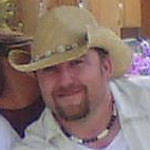1) Dial undercoat with the final overcoat of paint. Then scraping off the overcoat to reveal guages colors beneath. The problem I see with this is what if you scrape off the undercoat?
2) Dry brushing ... While I can see how this would work I can also see the problem of brushing an area you don't want brushed.
3) Map Pencils ... I used to use this method in the past and did decent with it. apply the guage panel color then flatten one side of the pencil's tip and rub it over the guages. Kind of another version of dry brushing but without the accidental brushing. As I can't remember how the guages looked after this I think the problem with this would be possible broken looking lines.
Opinions on this would be awesome as i am not going to start that phase without exploring the options.
I need to go out and find some future to drop on the guages and screens tomorrow. I've never used it on my floors so I don't even know if they sell it out in nowhereville here




















